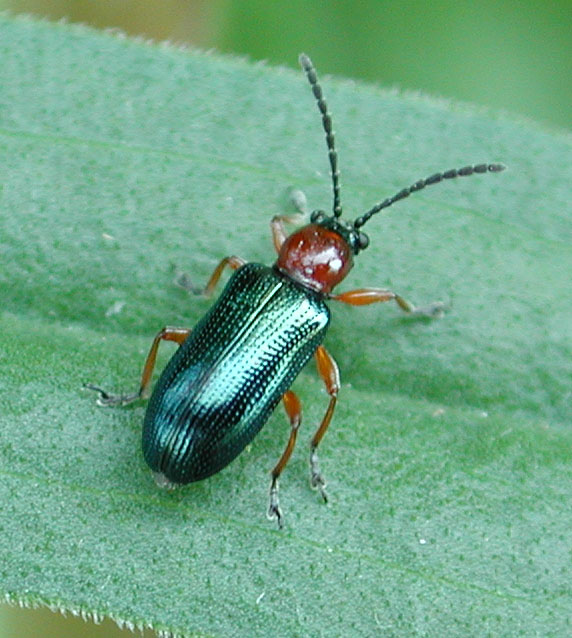Choosing Superior Varieties
One of the most important management decisions for improving yields is variety selection. Depending on growing conditions, individual varieties may perform differently from year to year. Growing more than one variety helps to reduce the risk of a crop failure. Planting the majority of acreage to a proven variety while testing new varieties on a […]





